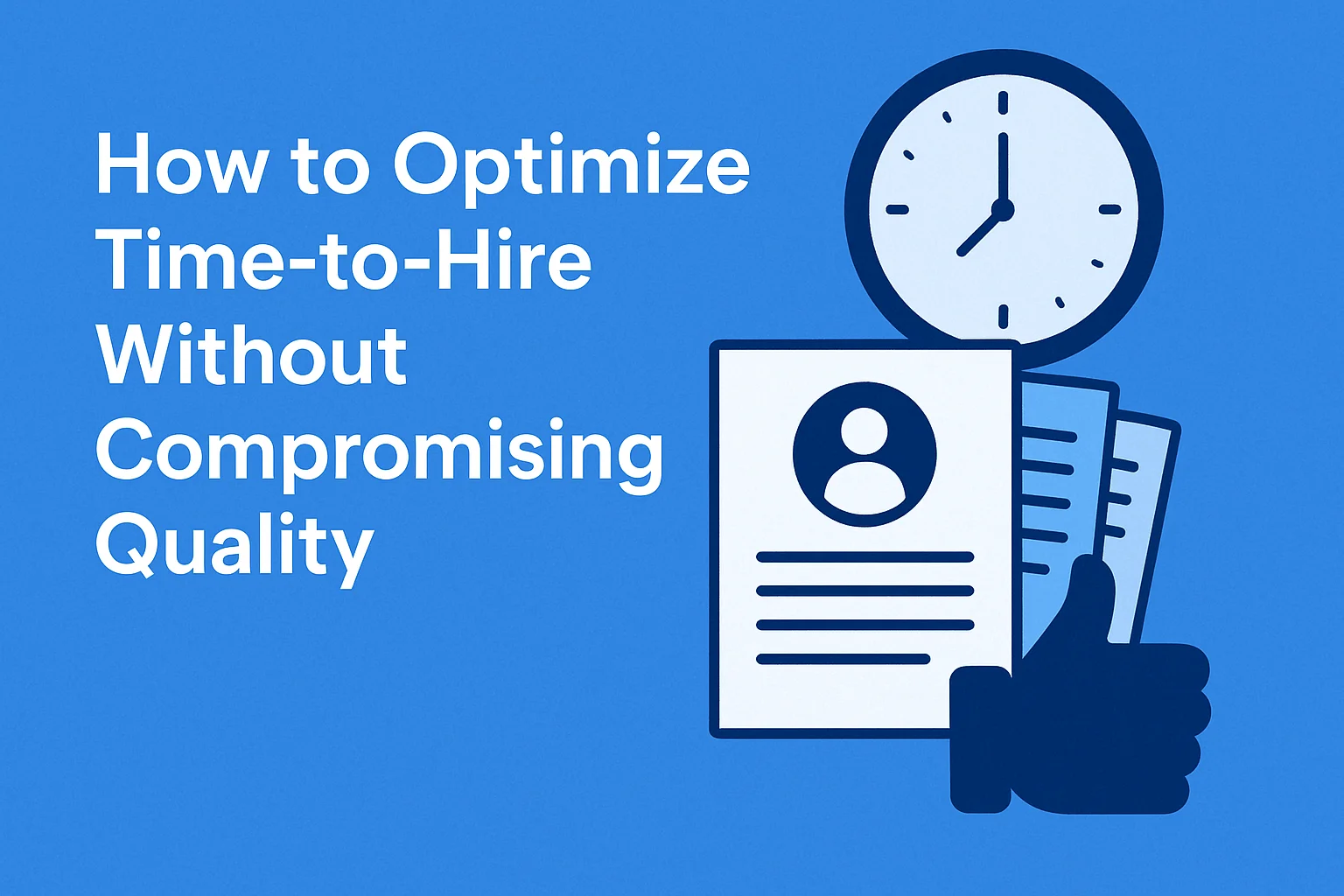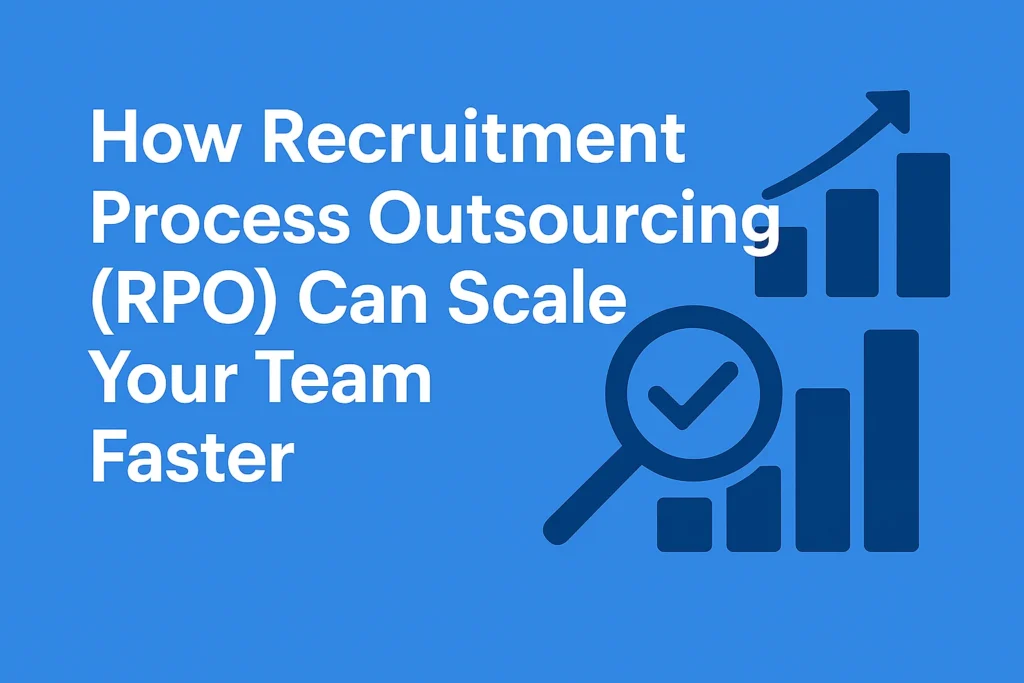In a competitive hiring market, time-to-hire is a critical metric. Moving too slowly means you lose candidates, but moving too quickly risks poor fit and high turnover. Optimizing time-to-hire balances speed with quality. In this article, we’ll share best practices to streamline hiring while maintaining high standards.
Why Time-to-Hire Matters
- Reduces lost opportunities
- Improves candidate experience
- Protects employer brand
- Supports faster business growth
Strategies to Optimize Time-to-Hire
1
Define Requirements Clearly
Write clear job descriptions and align with stakeholders before starting recruitment.
2
Streamline Approvals
Simplify the approvals for job postings and offers to eliminate delays.
3
Use Screening Tools
Leverage assessments, video interviews, and ATS systems to screen candidates quickly.
4
Build Talent Pipelines
Maintain warm relationships with previous applicants or passive candidates to reduce sourcing time.
5
Coordinate Interviews Efficiently
Use shared calendars and scheduling tools to cut down on interview gaps.
6
Train Hiring Managers
Empower interviewers with training on structured interviews and evaluation rubrics.
Benefits of Optimized Time-to-Hire
- Stronger candidate acceptance rates
- Better quality of hire
- Lower recruitment costs
- Improved business agility
Conclusion
Time-to-hire is more than a KPI — it’s a competitive advantage. With the right processes, you can hire faster without sacrificing talent quality.



